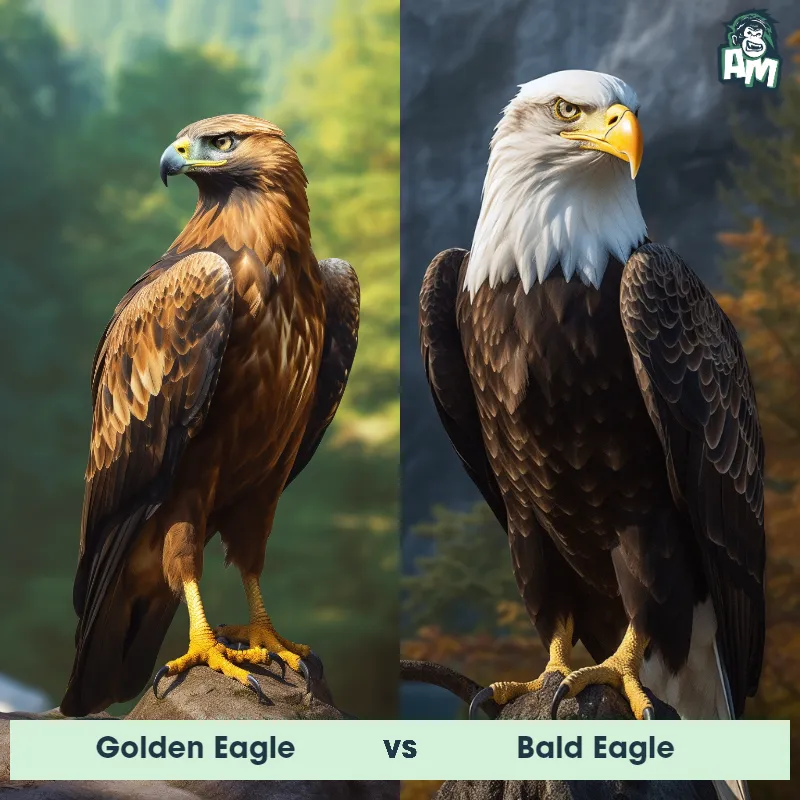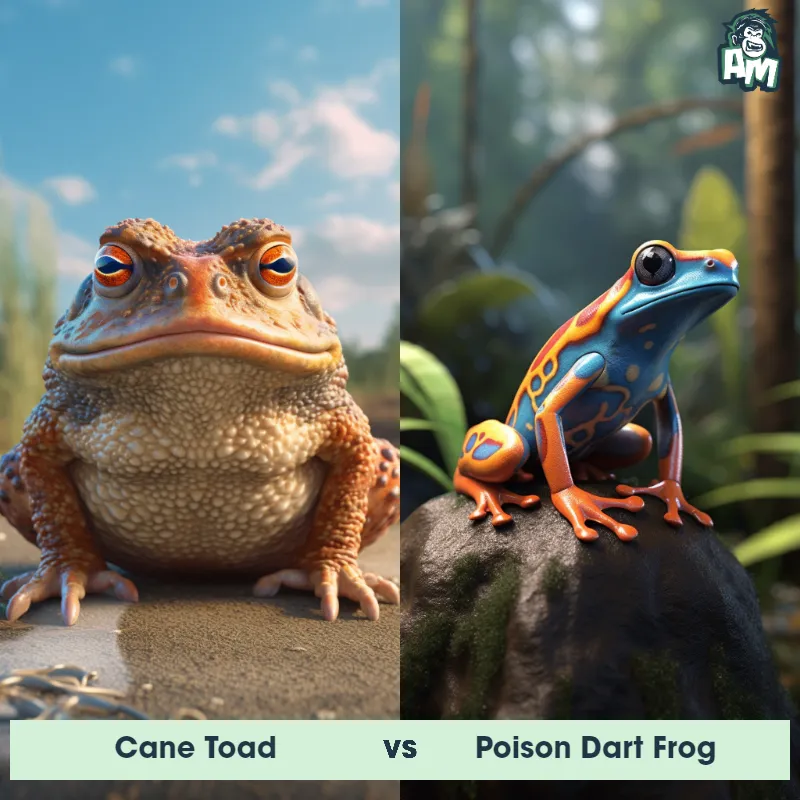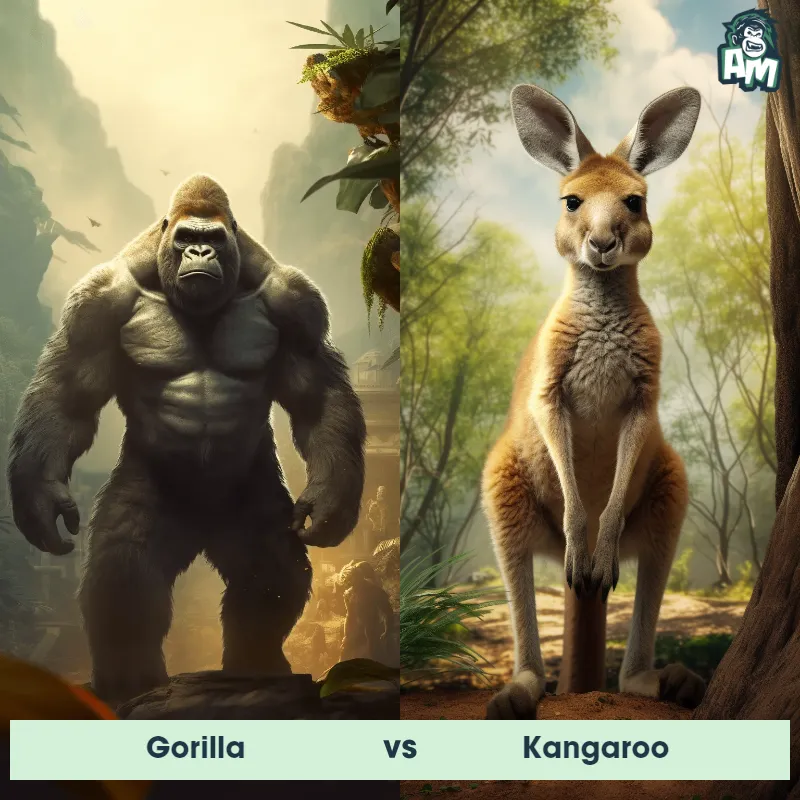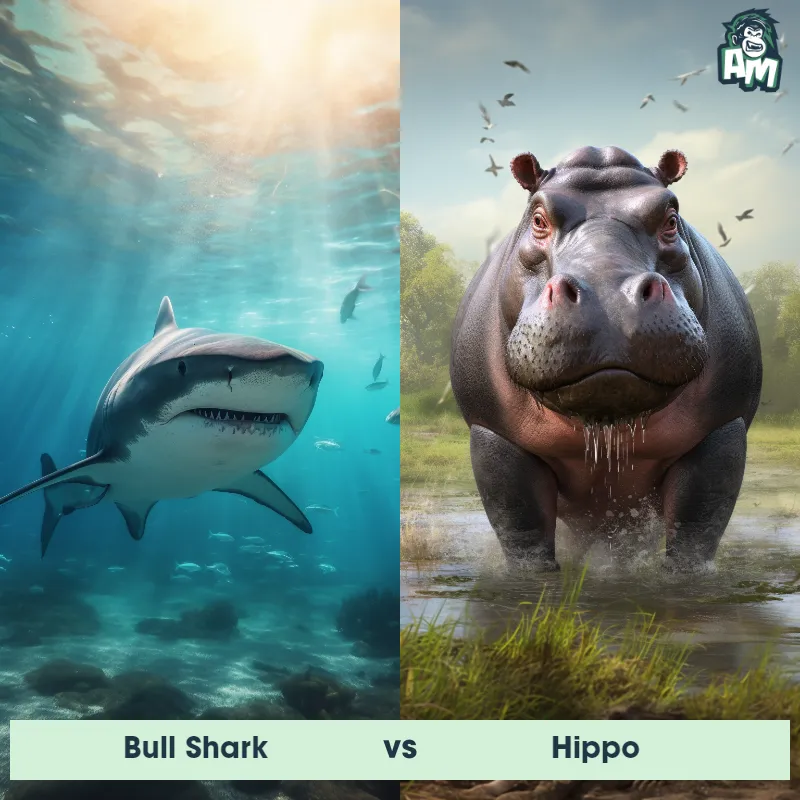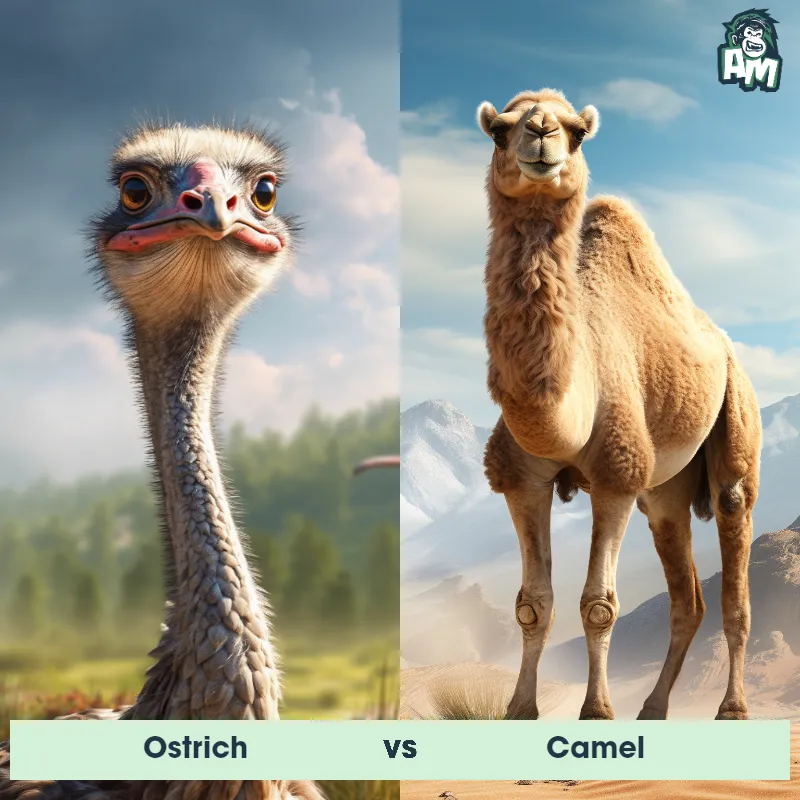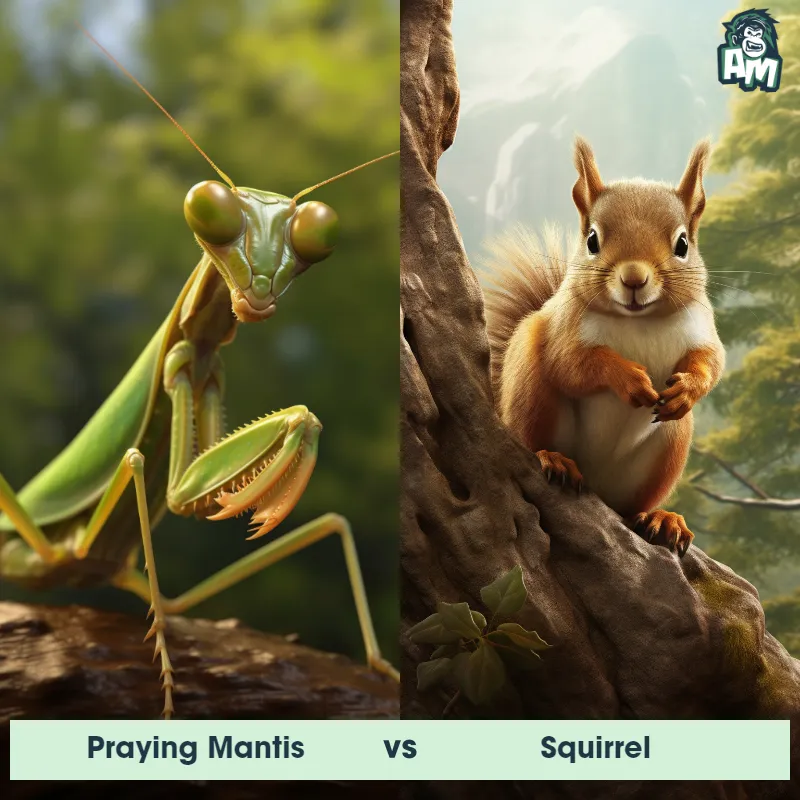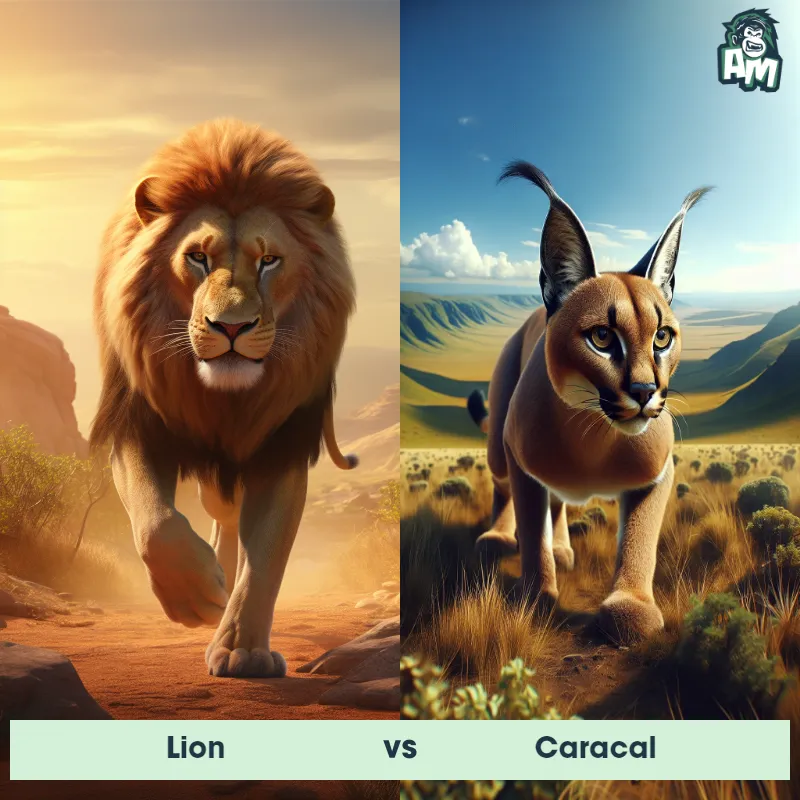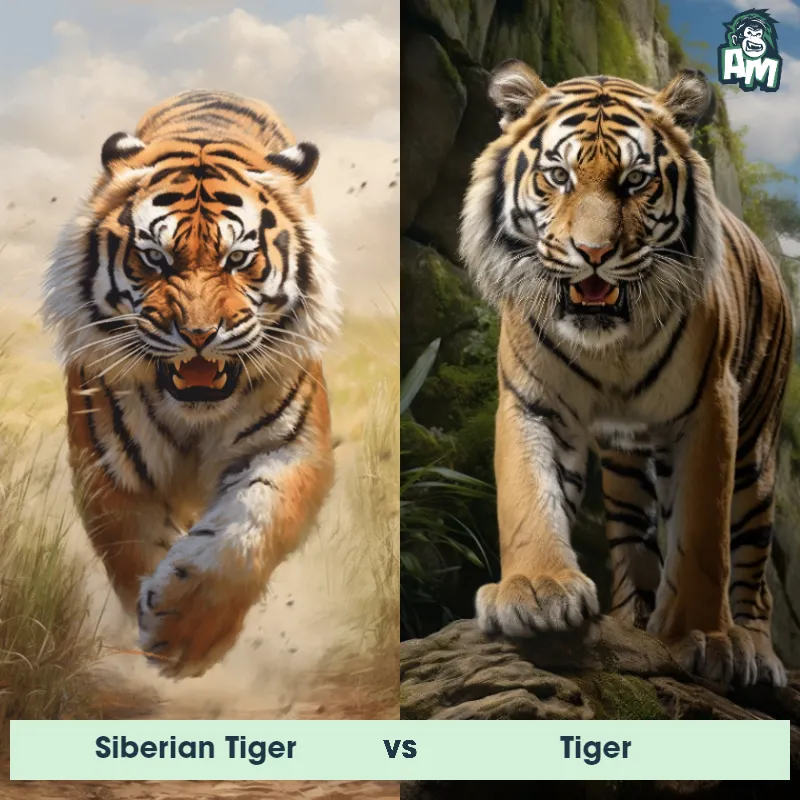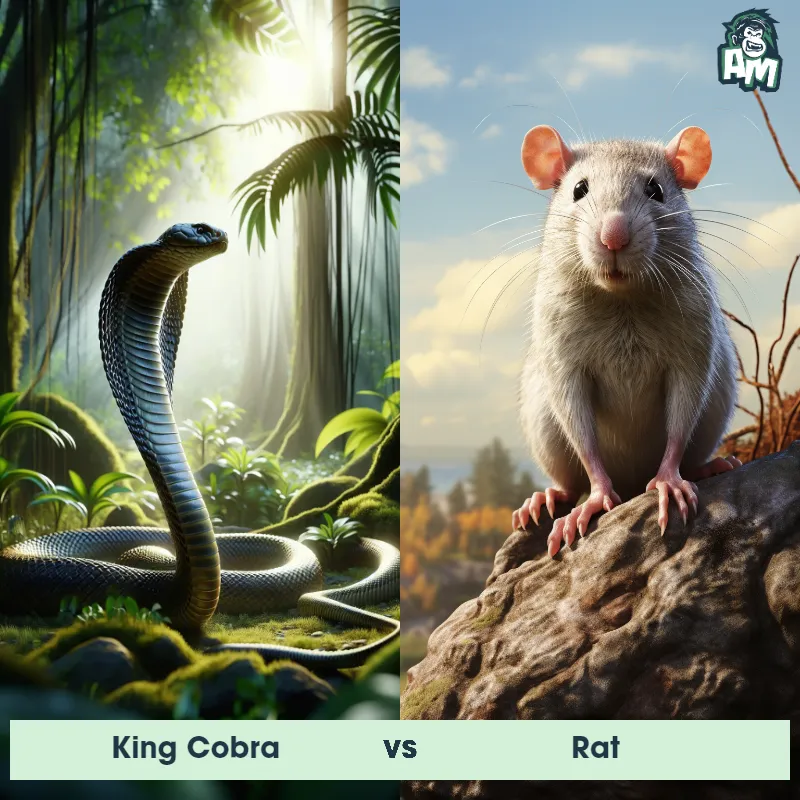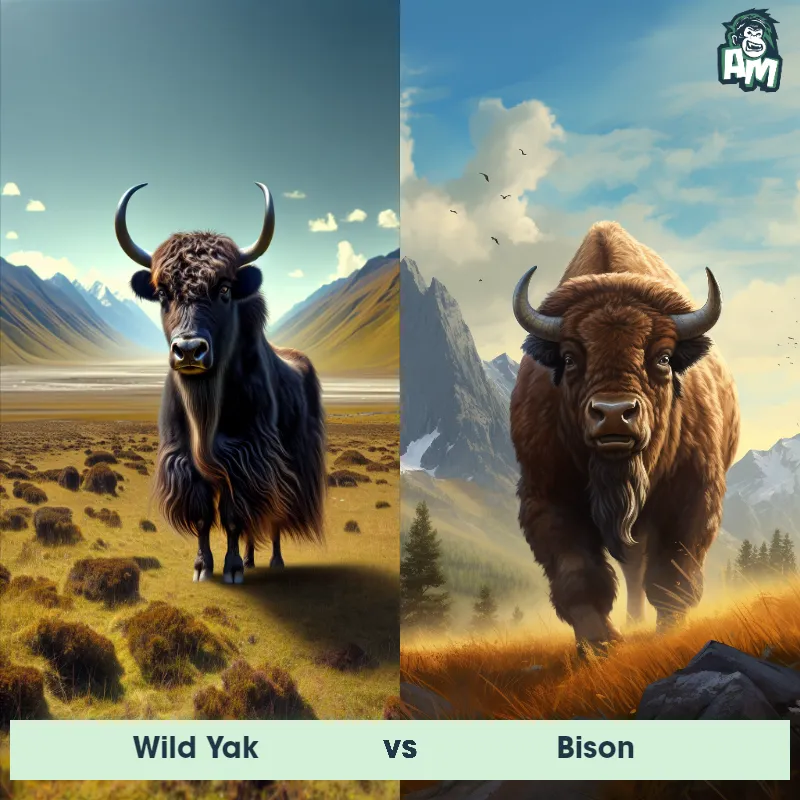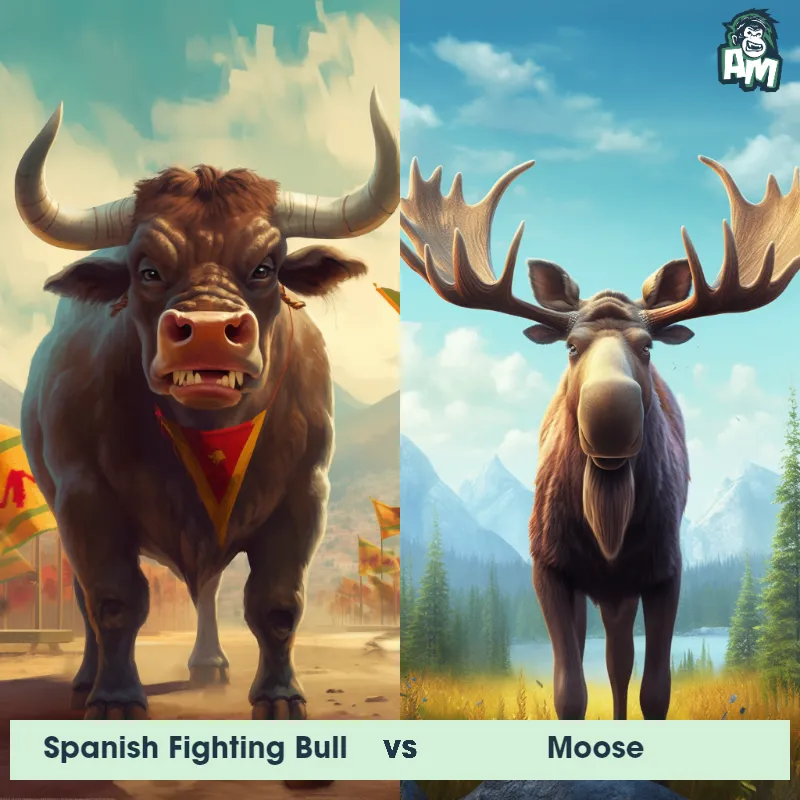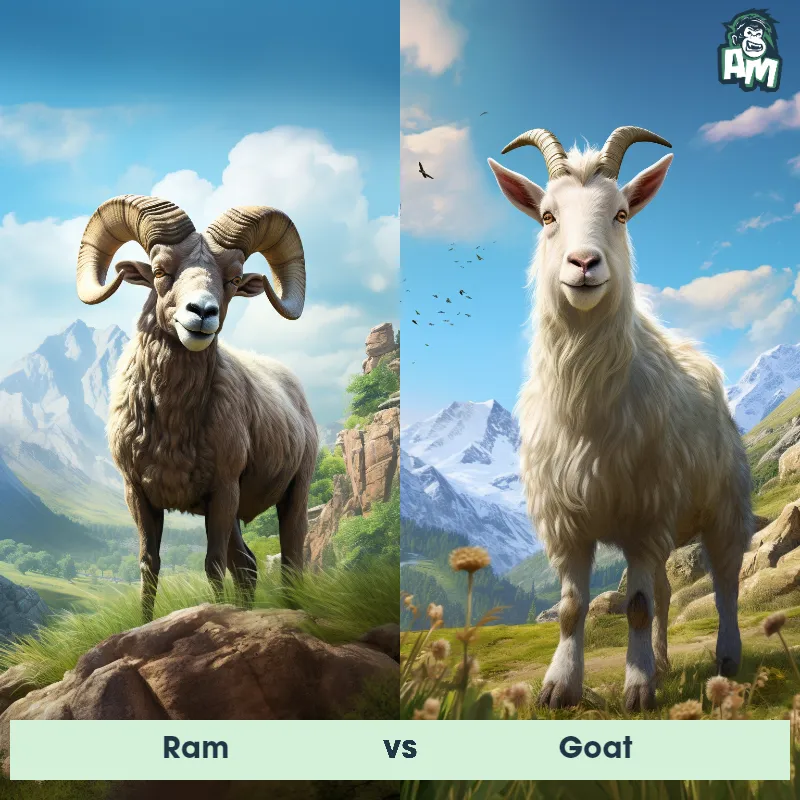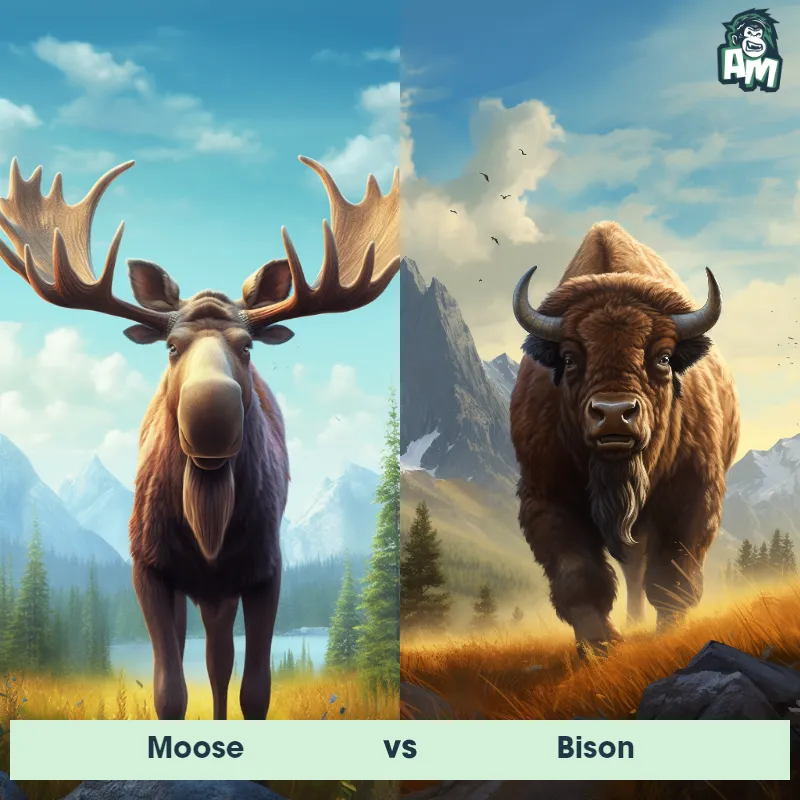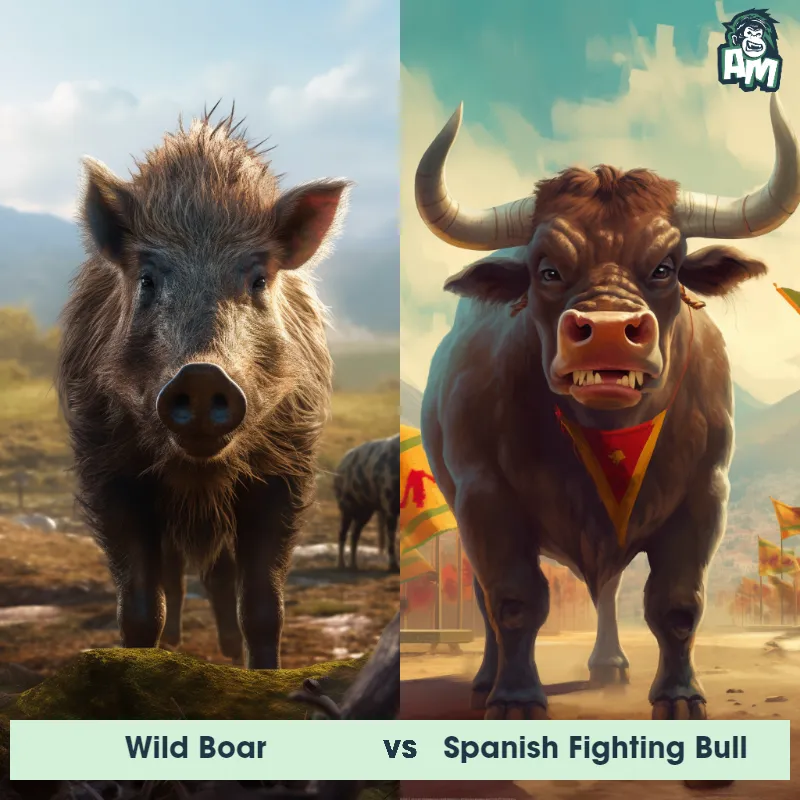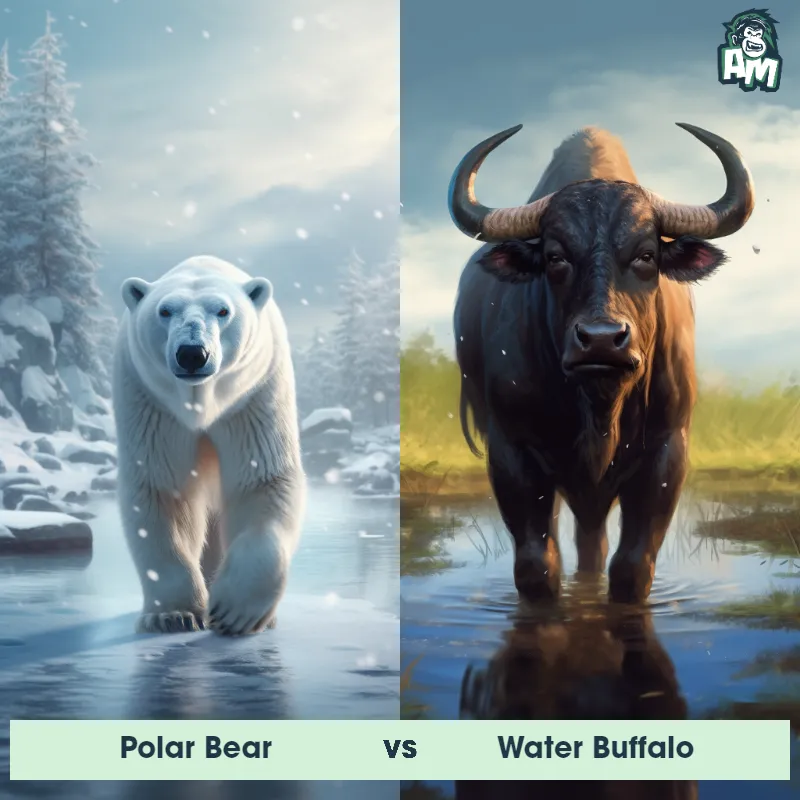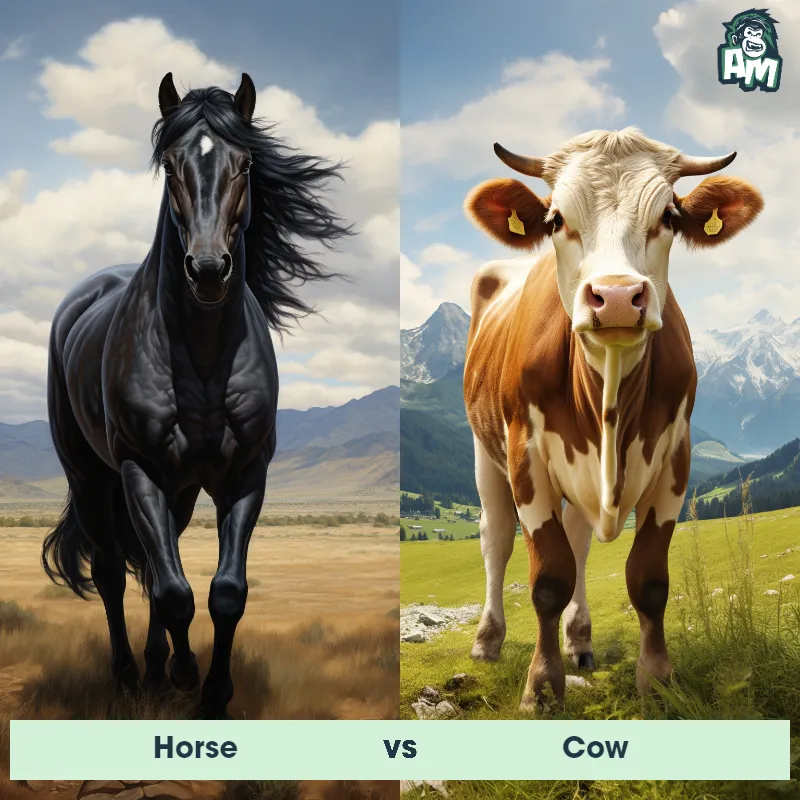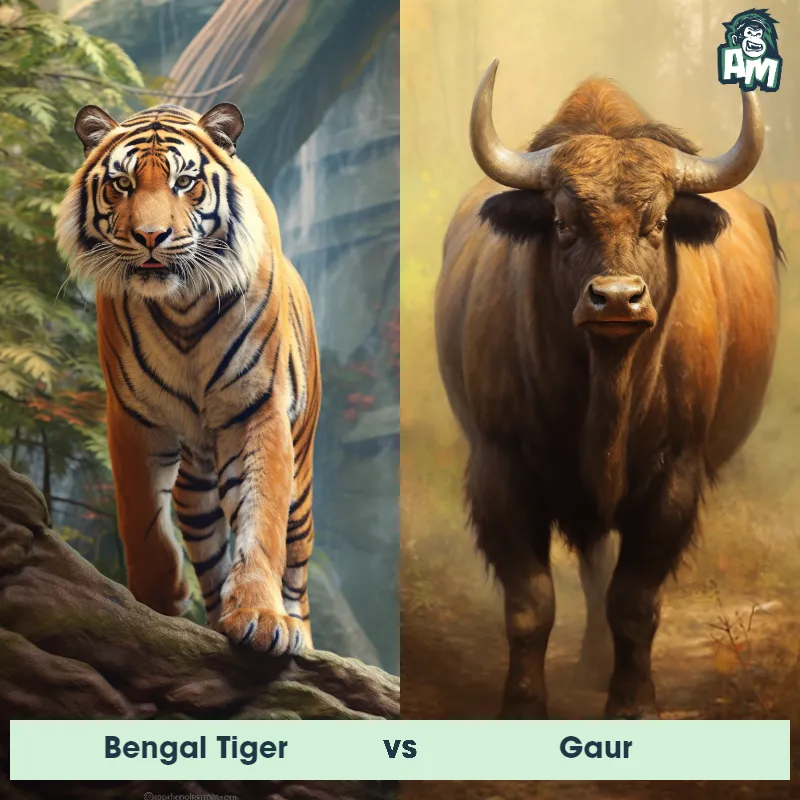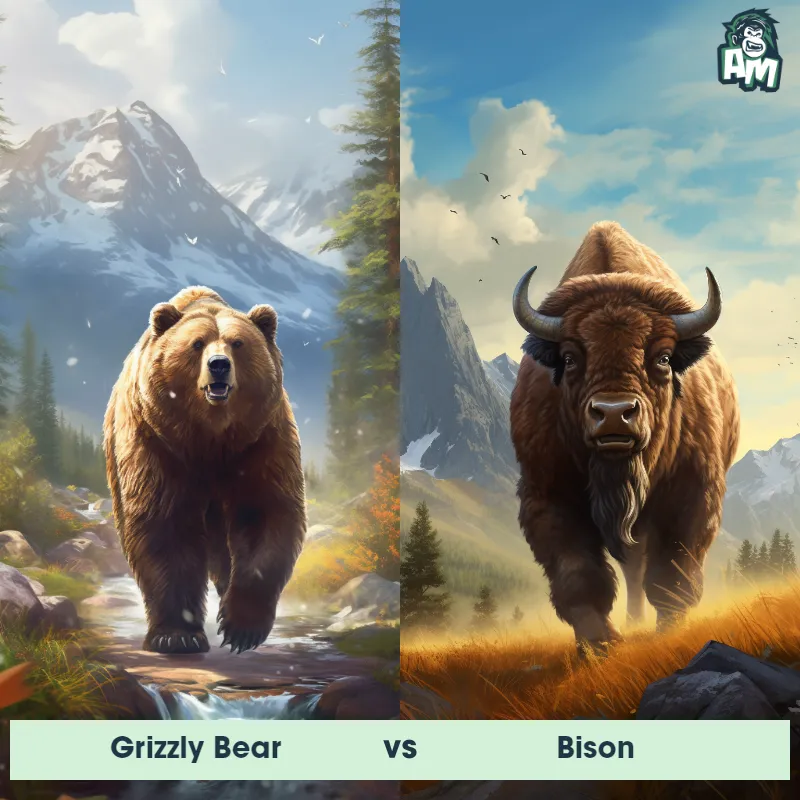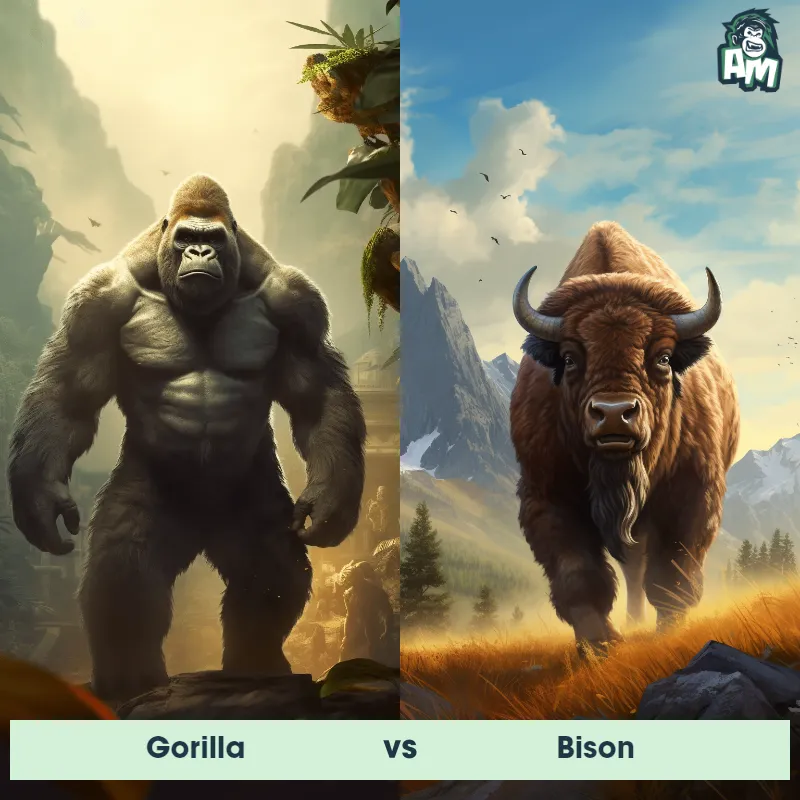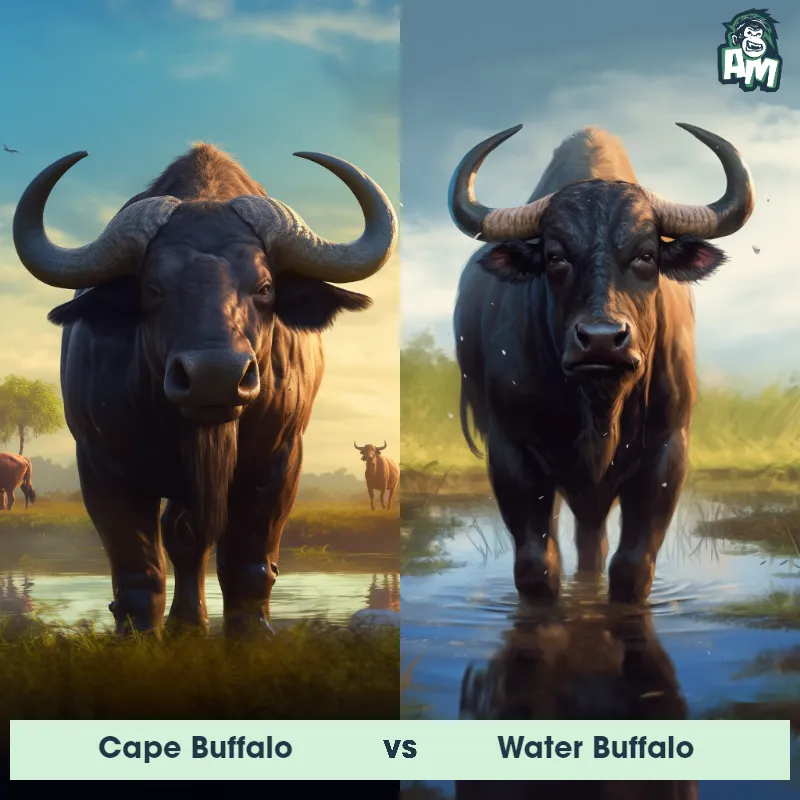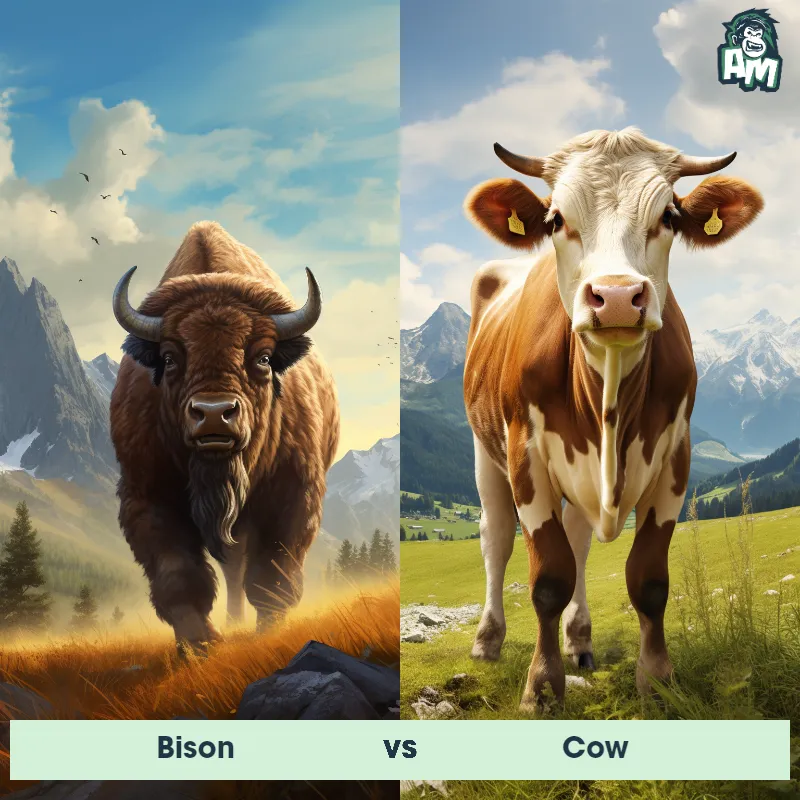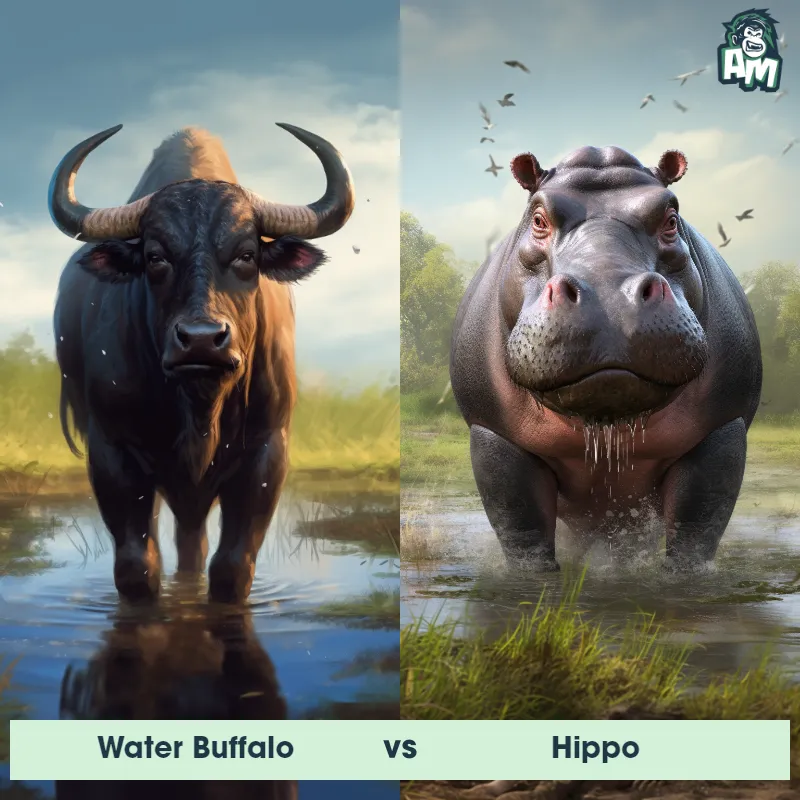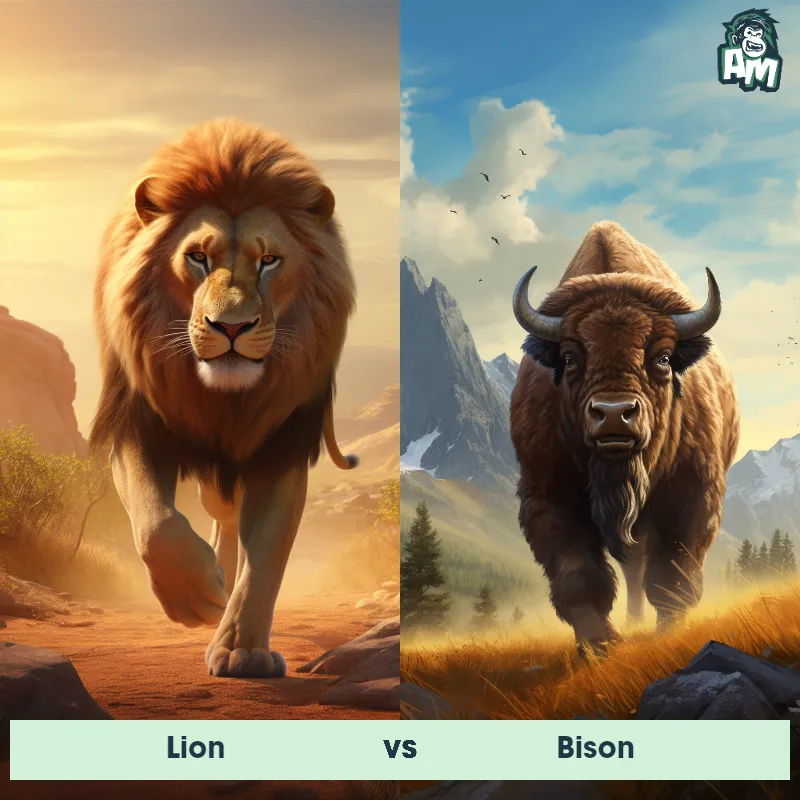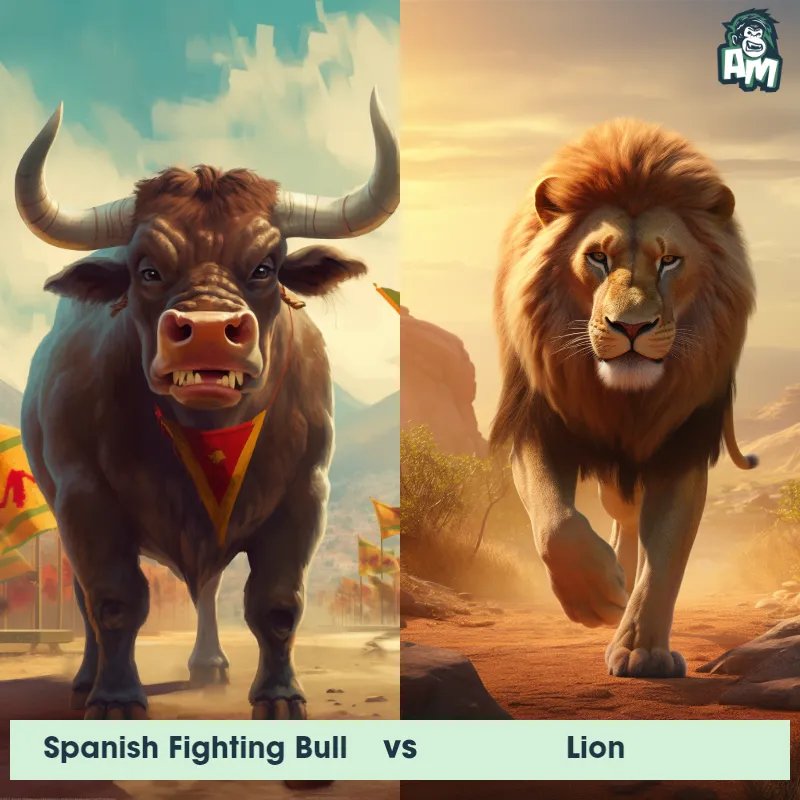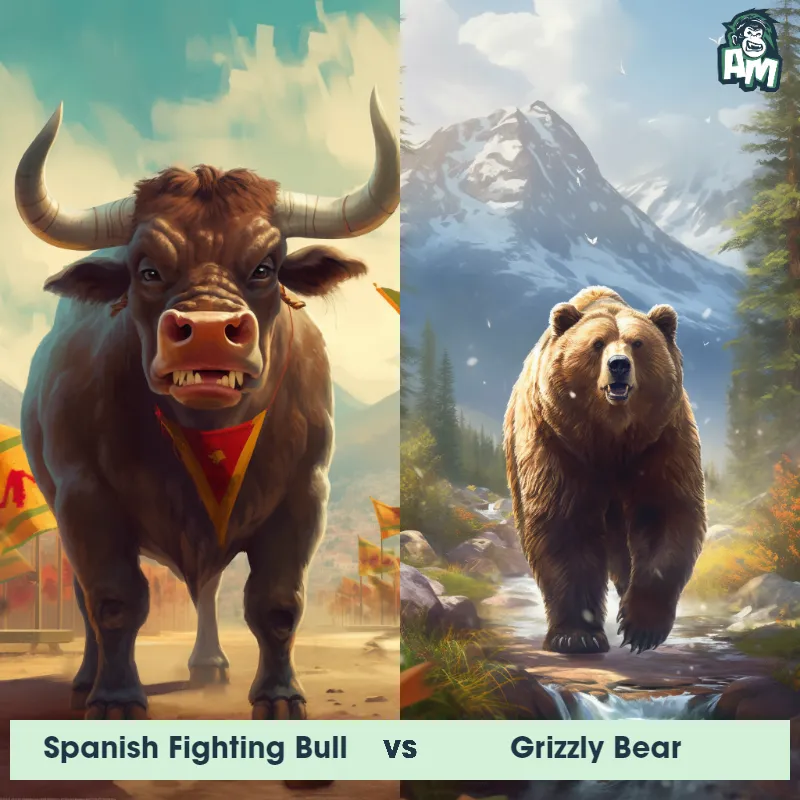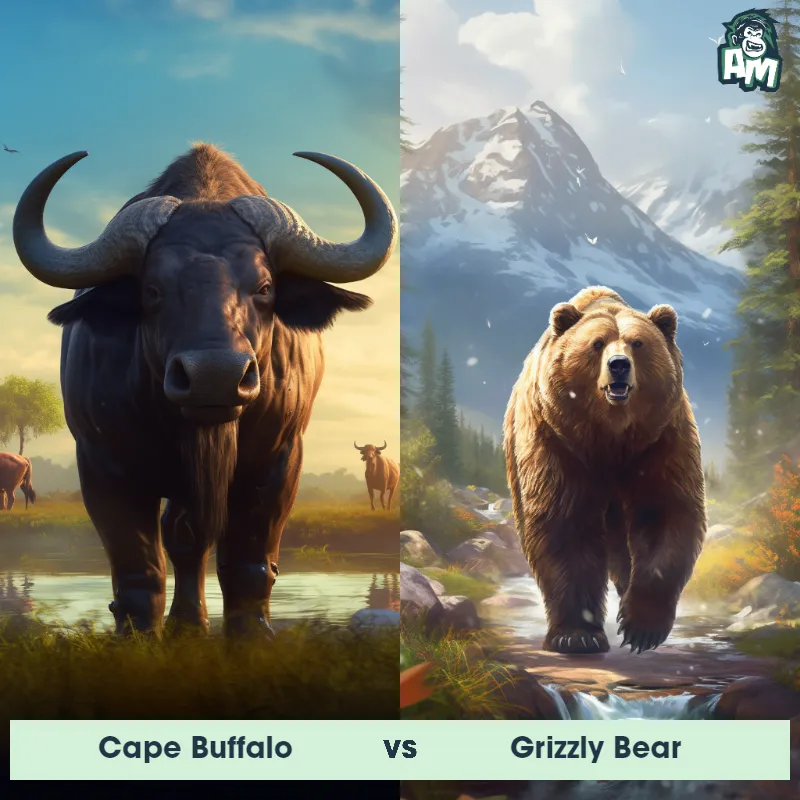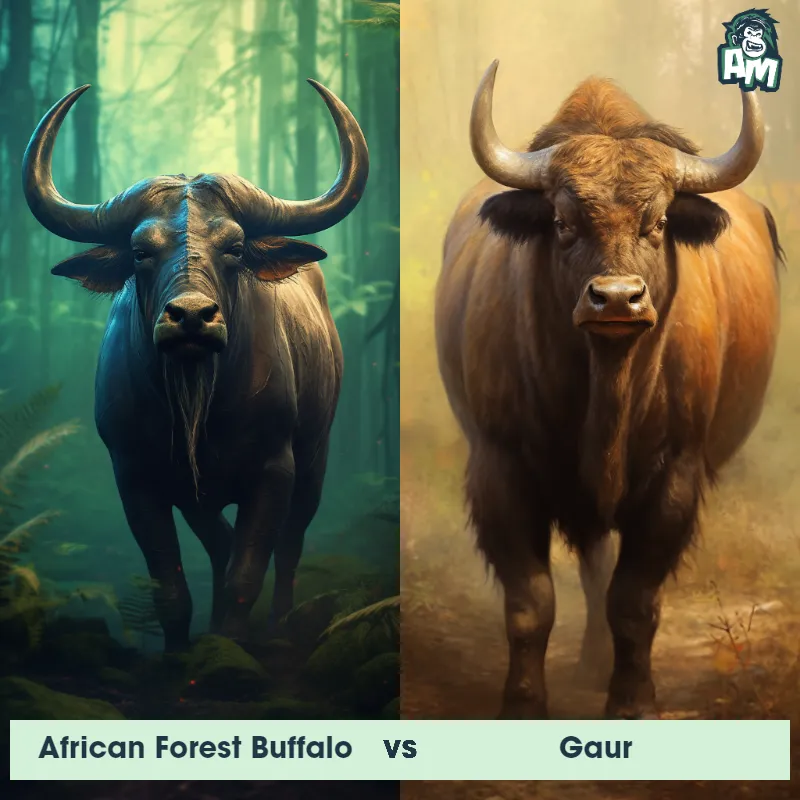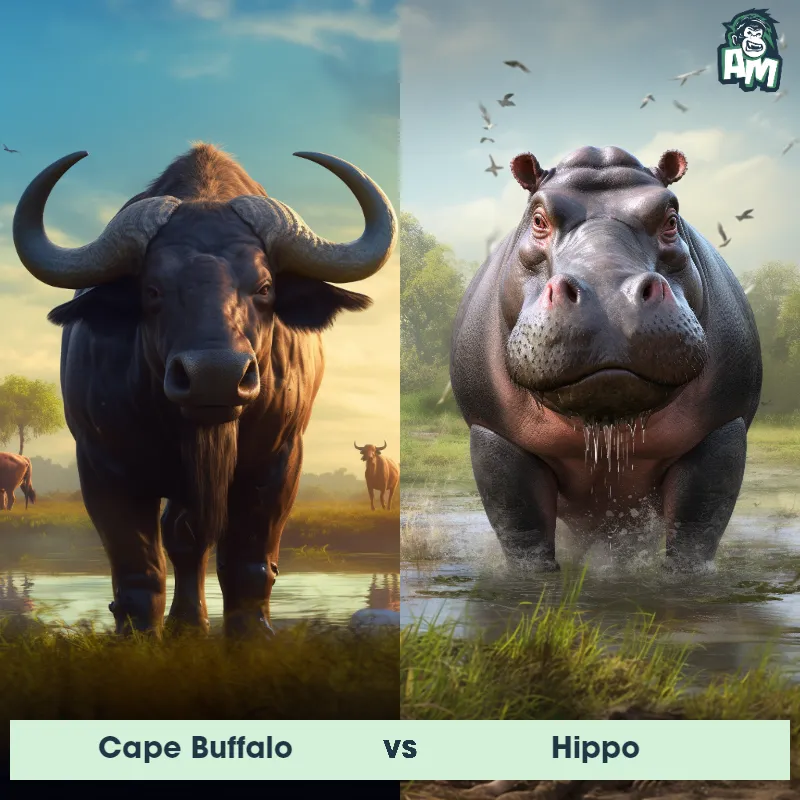Gaur vs BisonSee Who Wins

Ladies and gentlemen, welcome to this thrilling matchup between two mighty beasts! In the blue corner, weighing in at an impressive 2,200 pounds, we have the ferocious Gaur! And in the red corner, tipping the scales at a solid 2,000 pounds, we have the formidable Bison! It's a battle of strength and dominance, so hold onto your seats because we're about to witness a colossal clash of power!
Contender 1: Gaur
The Gaur, also known as the Indian Bison, is a large and powerful bovine species found in South and Southeast Asia. They have a muscular build, with a hump on their shoulders and a dewlap under their chin. Their fur is dark brown to black, and they have white or yellow stockings on their lower legs. Gaur are herbivores and can weigh up to 2,200 pounds.
Fun Fact: Gaur are known for their impressive strength and can run up to 30 miles per hour, making them one of the fastest land animals in their habitat.
Contender 2: Bison
The bison, also known as the American buffalo, is a massive, hump-shouldered beast known for its iconic place in the history and folklore of the American West. They are covered in a shaggy, dark brown winter coat, and have a lighter-weight, lighter brown summer coat. With their massive size, adult males can weigh up to 2,000 pounds, and both males and females have short, curved horns, which they use in fighting for status within the herd and for defense.
Fun Fact: Despite their massive size and seemingly lumbering movements, bison are remarkably agile and quick, capable of running up to 35 miles per hour and jumping high fences.
Matchup Stats
| Gaur | Bison | |
|---|---|---|
| Size | Up to 6.6 feet (2 meters) at the shoulder | 5-6.5 feet tall at the shoulder (1.5-2 meters) |
| Weight | Up to 2,200 pounds (1,000 kilograms) | Up to 2,000 pounds (907 kilograms) |
| Speed | Speed: 35 mph (56 km/hr) | 37mph (60km/h) |
| Key Strength | Powerful charge and large horns | Powerful size, speed, and horns |
| Biggest Weakness | Vulnerable to attacks from behind | Limited agility due to size |
Current Votes
Gaur vs Bison
See Who Wins
View More Matches
Looking For More?
Similar Matches
Scientific Stats
| Gaur | Bison | |
|---|---|---|
| Scientific Name | Bos gaurus | Bison bison |
| Family | Bovidae | Bovidae |
| Habitat | Forests and grasslands | Grasslands, prairies, and forests |
| Geography | South and Southeast Asia | North America |
| Diet | Herbivorous, feeding on grasses, leaves, and fruits | Herbivore, primarily grasses and sedges |
| Lifespan | 12 years - 20 years | 12 years - 20 years |
Key Differences between Gaur and Bison
- Coloration: The Gaur typically has a darker coat, usually in shades of brown to black, with white or pale markings on the face and limbs, while the Bison has a lighter coat, ranging from light brown to reddish-brown, often with a dark brown mane along the back.
- Facial features: The Gaur has a more elongated face with a higher forehead and a distinct ridge along the middle, between the eyes, while the Bison has a shorter and more rounded face with a lower forehead and no distinct ridge.
- Size: The Gaur (Bos gaurus) is larger, with males weighing up to 3,000 pounds and females weighing up to 1,500 pounds, while the Bison (Bison bison) is slightly smaller, with males weighing around 2,000 pounds and females weighing around 1,000 pounds.
- Tail length: The Gaur has a longer tail, extending below the hocks, whereas the Bison has a shorter tail, usually reaching just above or at the level of the hocks.
- Horn shape: Both animals have horns, but the Gaur's horns have a more distinctive shape, curving backwards in an upward direction, whereas the Bison's horns curve slightly outwards and then back inwards in a more rounded shape.
- Body shape: The Gaur has a more robust and muscular build, with a large head and a prominent muscular hump on their back, whereas the Bison has a stocky build with a relatively smaller head and no hump.



